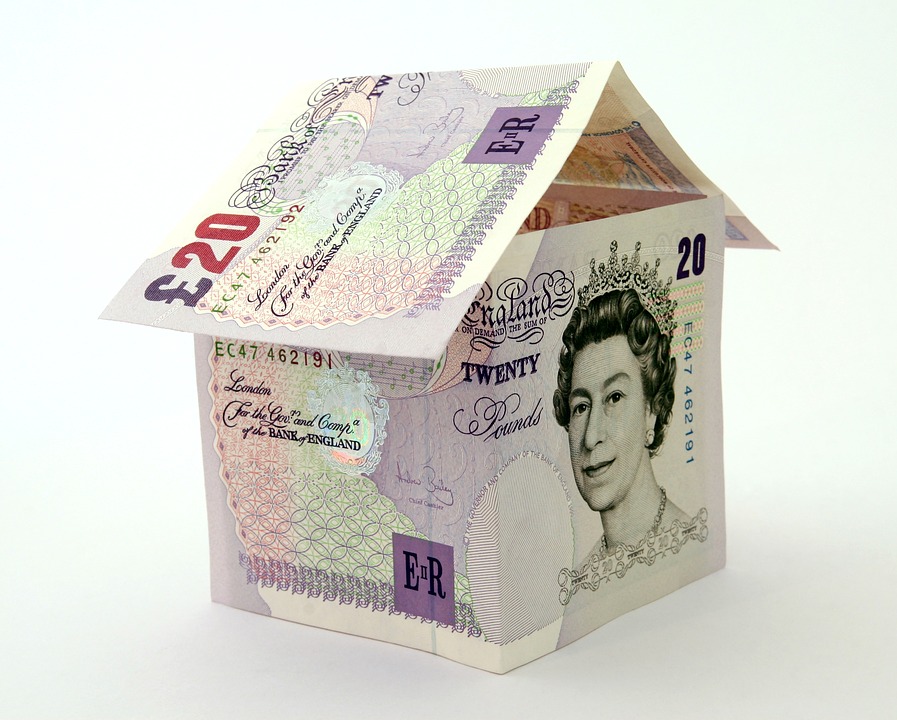London home owners have seen the value of their properties slide by £13,035 on average in the first six months of the year, Zoopla claims.
Analysis of house price data by Zoopla – using its valuation tool that regularly collates property data on all 29m homes in the country – found that an average of £11 a day has been added to home values since the start of the year or £2,046 in total.
But home owners in the capital are not benefiting and have seen their property valuations fall by £71.23 a day.
Scotland also saw a £20.59 daily drop or £3,768 in total.
The west midlands was Britain’s best-performing region, with the average value of homes increasing by £36.58 per day, or £6,695 in total, since the start of the year.
The south-east was close behind, where home owners have seen their properties gain on average £35.32 each day and £6,463 in total over the past six months.
Zoopla also analysed who in the UK at a local authority level uses its house price tools to research the value changes in their local property market the most.
The research found that those in Birmingham are the most frequent users of the house price pages, whilst three London boroughs also made up the top ten most viewed locations, with those living in Wandsworth, Bromley and Croydon featuring in the list.
Laura Howard, spokesperson for Zoopla, said: “The UK housing market gained £60bn in value during the first six months of the year.
“An increase in the total value of housing was recorded across nine of the 11 regions analysed, with average property values in the west midlands making the most money for home owners.
“Perhaps then, it is no coincidence that in the past six months residents in the west midlands, more specifically those in Birmingham, have been the most regular visitors to Zoopla’s house prices tool, which gives a price estimate for the value of homes, down to a single address.
“At the other end of the spectrum, residential values in London have continued on the downward trajectory of the last three years.
“However, a patchwork of micro-markets in the capital means there are a number of neighbourhoods – from Notting Hill to Forest Hill – that are bucking the trend of price falls and registering price rises.”
| Rank | Region | January value (£) | July value (£) | £ total change | £ change per day |
| 1 | West Midlands | 230,676 | 237,371 | £6,695 | £36.58 |
| 2 | South East England | 406,821 | 413,284 | £6,463 | £35.32 |
| 3 | North West England | 198,446 | 202,177 | £3,731 | £20.39 |
| 4 | Wales | 190,610 | 193,910 | £3,300 | £18.03 |
| 5 | Yorkshire and The Humber | 181,918 | 184,181 | £2,263 | £12.37 |
| 6 | East of England | 360,707 | 362,823 | £2,116 | £11.56 |
| 7 | East Midlands | 224,352 | 226,177 | £1,825 | £9.97 |
| 8 | North East England | 192,388 | 193,663 | £1,275 | £6.97 |
| 9 | South West England | 309,333 | 310,165 | £832 | £4.55 |
| 10 | Scotland | 194,942 | 191,174 | -£3,768 | -£20.59 |
| 11 | London | 670,535 | 657,500 | -£13,035 | -£71.23 |
By MARC SHOFFMAN
Source: Property Industry Eye

